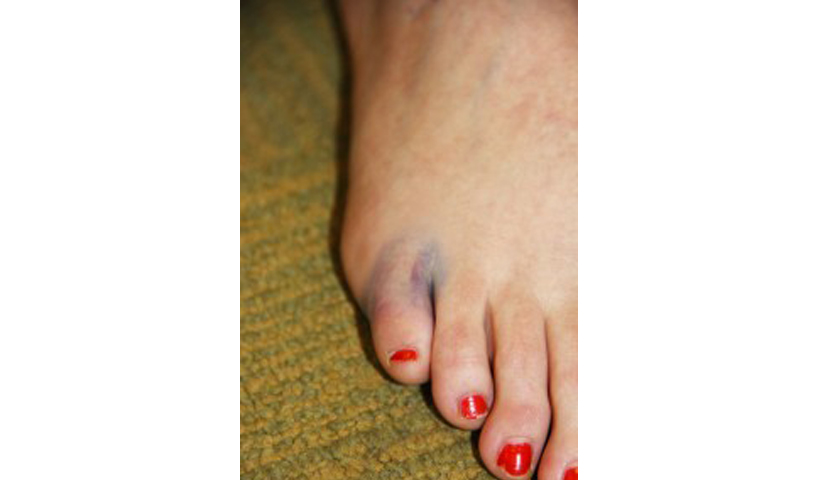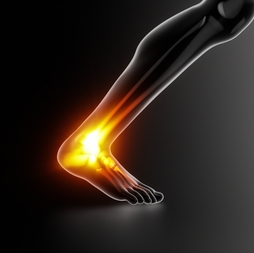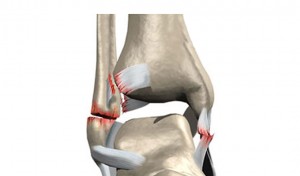The human body is rarely the same from person to person. Some things stay the same, like the function of the internal organs. Even when structures are similar, however, little variations, like extra bone tissue, can make a significant difference in the body. Having small, extra bones is not as uncommon as you might think. Sometimes, though, these additional tissues can cause painful problems, as with accessory navicular syndrome.
Extra Bones
The accessory navicular is an extra piece of bone or cartilage just above the arch on the inside of the foot. It sits next to the navicular tarsal, which gives it its name, where the posterior tibial tendon attaches to the bone before continuing to the underside of the arch. The little bone is a congenital anomaly—you are born with it. If the extra tissue doesn’t cause any problems, you may never know it is there. You can, however, develop the painful condition called accessory navicular syndrome. This occurs when the extra bone or the posterior tibial tendon surrounding it becomes irritated. Trauma from a sprain, friction from footwear, and overuse can all inflame the tissues.
It’s common for any symptoms to present during adolescence, when bones are maturing, though problems may not occur until adulthood. You may notice a bony prominence on the inner side of the midfoot. There may or may not be redness and swelling around this bump, especially if it rubs against footwear. You may be prone to blisters or sores in the area. Pain generally involves a vague ache or throbbing in the midfoot and arch as well, especially when you’re active. Many people with this syndrome develop flat feet, too, which can create additional strain in the foot.
Restoring the Midfoot
Typically, accessory navicular syndrome isn’t hard to diagnose. Our podiatrists will examine the lower limb and check the hard prominence, as well as use X-rays to confirm the presence of extra bone tissue. Other diagnostic images may be able to identify inflammation and specific damage to the midfoot. Depending on the severity of your discomfort, conservative measures may be enough to resolve the condition.
Rest is the most important factor in relieving your pain. You may need to immobilize your foot to allow the affected tissues to rest enough that they can heal. Icing the area will help decrease any inflammation and swelling. Our staff may recommend anti-inflammatory medications as well. Most likely you will need to change your footwear—and possibly add orthotics—to accommodate your bony prominence and relieve strain in the midfoot. Sometimes physical therapy may be able to help strengthen tissues and prevent additional injuries.
If conservative measures do not seem to help, however, you may need to have surgery to make adjustments to the bump. This could include reshaping the little bone, repairing damage to the posterior tibial tendon, or even removing the accessory navicular altogether.
An extra bone in the midfoot doesn’t always cause pain, but if it does, it can interfere with normal foot functions and limit your mobility. Don’t wait until walking is difficult to seek help. The caring doctors at Country Foot Care can help you manage your discomfort and reclaim your lower limb health. Contact our offices here on Long Island for more information or to make an appointment. For those who would like to request an appointment online, simply click the MAKE AN APPOINTMENT button at the top of this page.




